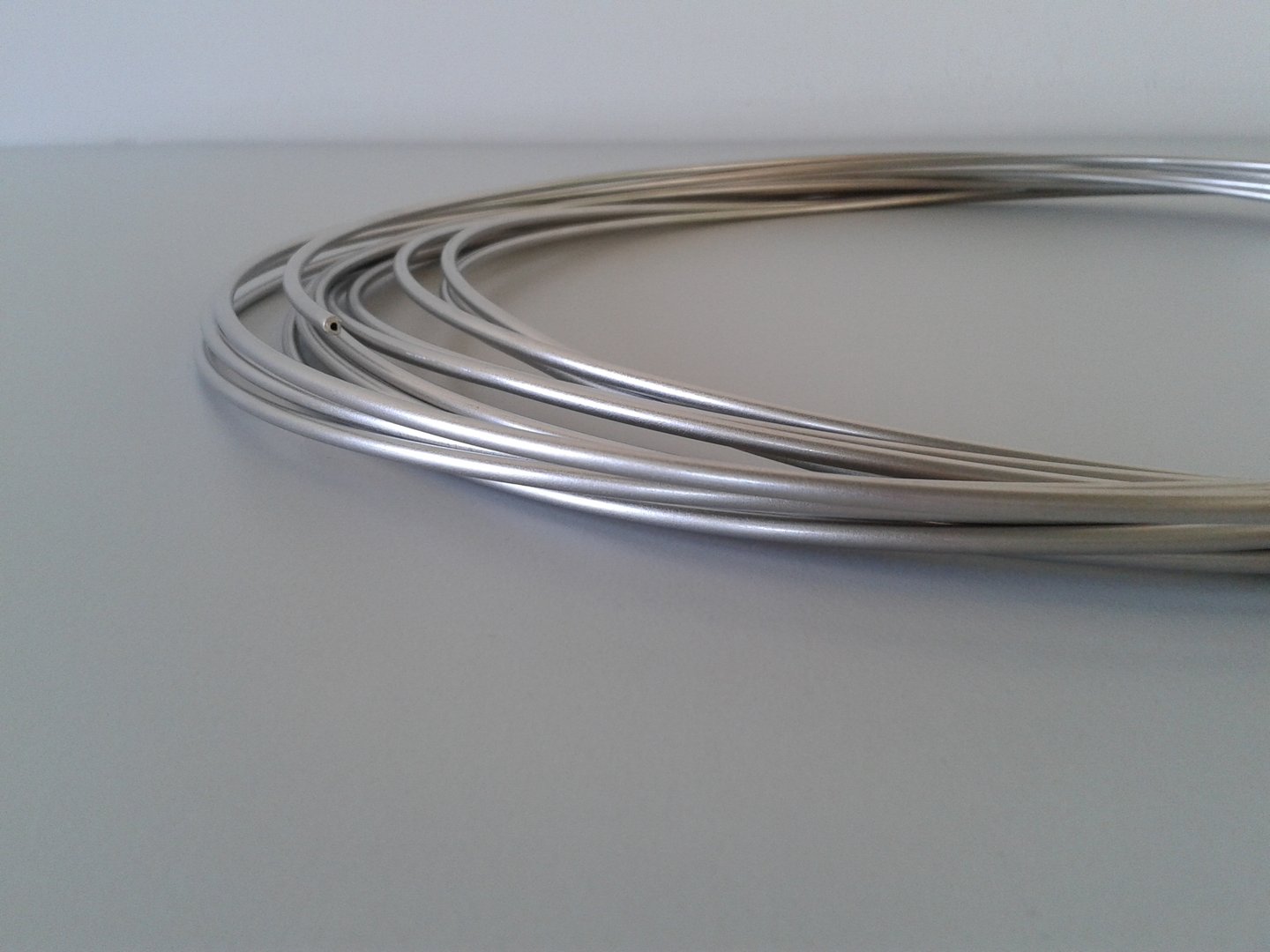
Having too few teeth contacting the tube limits production rates and causes vibration. In all sawing applications, the number of teeth required on the blade is based on the number of teeth that contact the tube on the maximum arc of the cut. The most important consideration in sawing is applying the correct blade to the tube to be cut. Each sawing application is unique, but, generally, sawing is suitable for low-volume production.Ī single-head cold saw usually cuts one tube at a time however, it can cut a bundle of small-diameter tubing at once. Sawing is one of the most versatile and widely adapted methods for cutting tubing. Will the tubular part be fabricated entirely in-house, or will it be sent to another fabricator for finishing?.Is the tubing produced in-house or supplied from an outside producer?.How is the stock material supplied- random lengths or coil stock?.What end condition is required of the cut part?.


Which type of tube cutting machinery to use for an operation depends on the tube requirements: In addition, the expansive growth in tubing-related products has required fabricators to increase production and automate cutting operations. No single method is optimal for cutting the broad range of tubular materials and tubular shapes produced by this industry. Tube fabricators use a variety of methods-sawing, lathe cutting, rotary cutting, supported shear cutting, dual-blade shear cutting, and laser cutting-to cut tubing from mill lengths into shorter pieces for use in final fabrication.


 0 kommentar(er)
0 kommentar(er)
